Sanchoku food means direct to the table. While the farm to table concept in many countries has a very “peasant” food connotation with a higher emphasis on organic products, the Japanese sanchoku idea is a broader one. It really begins with the idea of wanting to bring seafood — so integral to Japanese cuisine — as fresh as possible to dining tables in Tokyo. The second is to eliminate the central fish market which increases prices and limits variety. There are restaurants with many choices of quality ingredients prepared simply and elaborately as well.
Yoshihiro Hamakura is a restaurant innovateur, who envisions eateries that match the mood of the surrounding area. He is also a pioneer in the “direct to the table” concept. “In the beginning, my head chef and I literally travelled through Japan based on rumors of where good fish and farms were. We started with seafood first, and made direct contracts with people we wanted as suppliers. But after doing this practice for over 10 years, our restaurant group Hamakura Style is know to have direct supplies and now, they come to us,” he explains. Having built up it reputation, Hamakura Style now has wealth in the bank of food sources from all over Japan.
“The policy of our restaurants is to provide high quality, expensive food like crab, blowfish and beef — at a reasonable price. We are not a cheap eatery like izakaya chains nor do we offer elaborate kaiseki style dishes. At both Crab Sakaba Carat and Nihon Sengyo Kokuryui Dokokai, we offer familiar items such as croquettes, yakitori, original potato salads, fresh vegetables and noodle dishes. We are an upscale izakaya with high quality ingredients and a full range of cuisine at great value.”
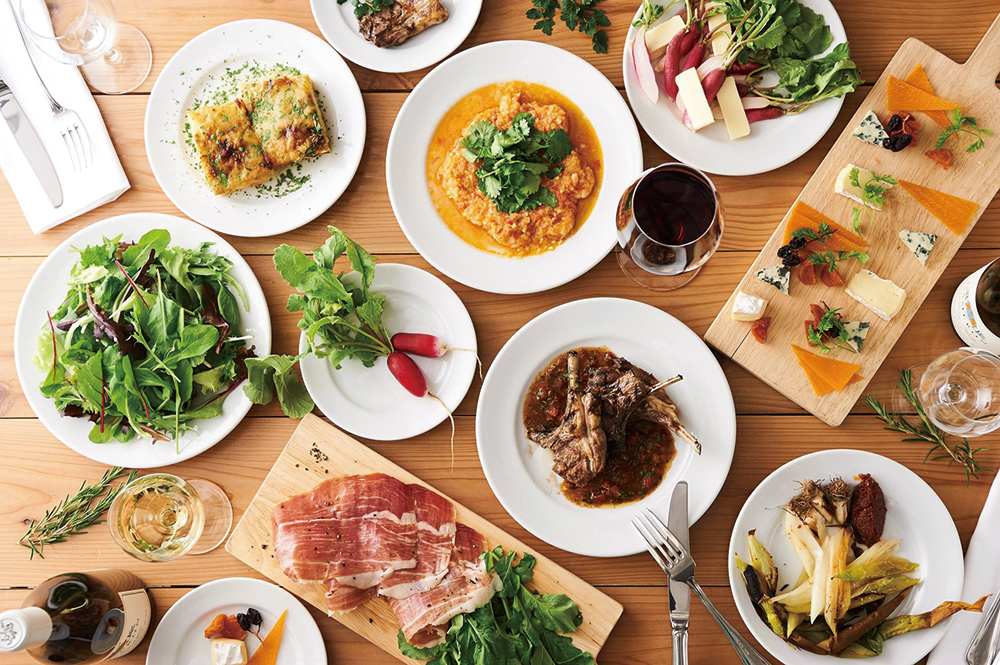
Hamakura explains part of the benefit of sanchoku is the ability to control the supply and price. “In Japan, crab has an image of being a winter food. Restaurants will only serve it in the winter and therefore prices are high at that time. But the fact is, crab is available all seasons. We have our own crab fishing boat in Rausu, Hokkaido and can serve crab all year around, without any seasonal mark-up. So our customers get fresher food at a lower cost all the time.”
He is quick to point out though that they do not source 100% of the ingredients themselves. “The seafood and meats are direct from suppliers, and vegetables presented as main dishes in salads we also buy direct from farmers. However, certain vegetables such as the onions that we grate into dishes are from generic markets to keep our costs lower.”
“We build our restaurant concepts based on location. Nihon Sengyo Kokuryui Dokokai is in Shinjuku, home of the lively Kabukicho district, so we created a theme where people sit at communal tables and can relax by drinking and eating traditional dishes in a down-to-earth atmosphere. Carat, in Roppongi, has a distinctively different style with modern decor and a menu featuring more creative dishes. But what both have in common are the finest quality ingredients at affordable prices.”
Indeed, the freshness of the ingredients is at the heart of the sanchoku concept as Atsutshi Nemoto of Akinai Dining will agree. “We get fresh seafood six times a week, caught in the morning and by dinnertime, it can be served on your plate,” he explains. The seafood at his restaurant Roppongi Inakia is natural, and never farmed. To accompany all that goodness from Mother Earth, you can indulge in a glass of naturally produced wine.
The image of sanchoku may be dishes prepared simply because their superior quality can “speak for itself,” but Inakia offers an exquisitely prepared dishes in the painstakingly detailed culinary method of kaiseki. They serve seafood, meat and vegetables in delightful little morsels. The setting is upscale but modern and devoid of the stiff formality and the high prices of a traditional kaiseki meal. Dinner courses start at 5,000 yen per person. For those wanting great food quality without the elaboration, for lunch, there are simple sets available from 1,000 yen.
In the summers, Nemoto recommends the arakabu (marbled rockfish), aona (type of grouper) and the amadai (type of seabass) — cooked by broiled or stewing and of course as sashimi as well. ”
Inakia specializes in seafood from the Nagahama port near Fukuoka, Kyushu.
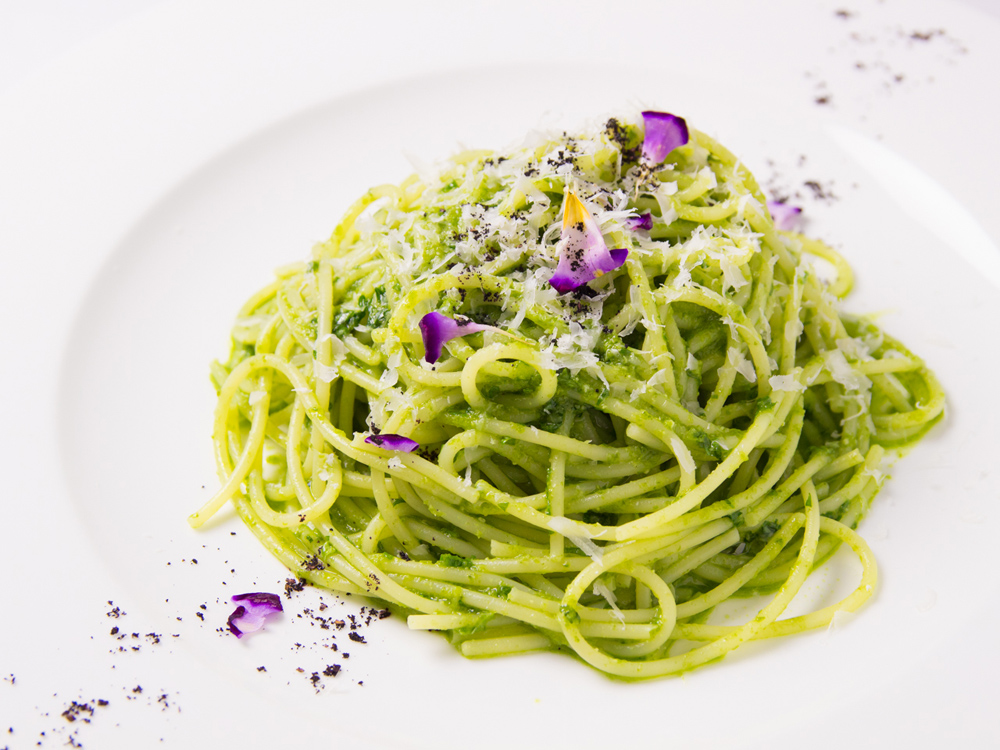
Nemoto chose Nagahama because this region has strong currents bringing in a large variety of high quality fish. “With direct to the table ingredients, we have the flexibility of using seafood even if the catch is in small quantities that may be ignored by the fish markets. We now have our own fish company there, so we have full control, costs are further reduced and quality is assured,” he explains.
Sakanaya Rokuzo is another restaurant that prides itself on getting delivery of a variety of fresh seafood from harbors all over Japan on a daily basis. Every month, they will feature special items currently in season, be it rock oysters or red snapper from Shizuoka Prefecture. To highlight the quality of their seafood, preparation is often simple here — whether it is meticulously sliced into sashimi, grilled on skewers over charcoal robata style, or steamed with vegetables in an earthenware pot. The menu here is predominantly seafood supplemented by colorful vegetables, but there are chicken and pork dishes rounding out the menu. Enjoy the food with various types of Japanese sake, shochu and wine, again sources from all over the country.
Whether it is seafood from the ports of Kyushu or beef from Hokkaido, direct to the table, at a restaurant that boasts of being sanchoku, customers are assured of fresh, quality ingredients. In recent years, Sanchoku has garnered popularity as people become concern with where their food comes home as well wanting high quality ingredients in what they eat. In particular with Japanese cuisine and its focus on seafood, the freshness guaranteed by direct to the table ingredients is extremely appealing. Without an intermediary, costs are reduced giving more reasons to try one of these restaurants.
Farm to Table Restaurants
Sustainable Kitchen Rosy
https://japanrestaurant.net/en/shop/sustainable-kitchen-rosy/
Mus Mus
https://japanrestaurant.net/en/shop/mus-mus/
LA BONNE TABLE
https://japanrestaurant.net/en/shop/la-bonne-table/
Fresh Seafood Bistro SARU
https://japanrestaurant.net/en/shop/fresh-seafood-bistro-saru/
Elio Locanda Italiana
https://japanrestaurant.net/en/shop/elio-locanda-italiana/
Story by Carol Fui
From WINING & DINING in TOKYO #47



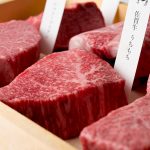

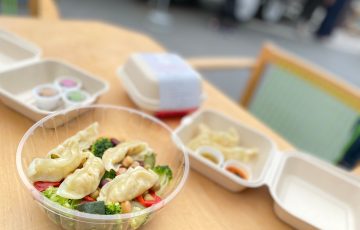

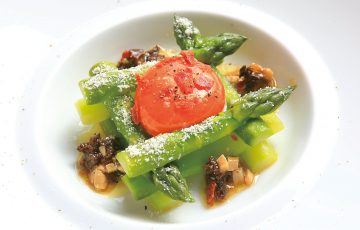
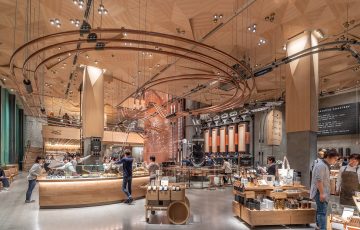
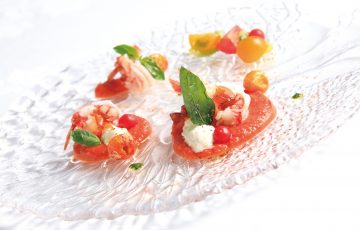
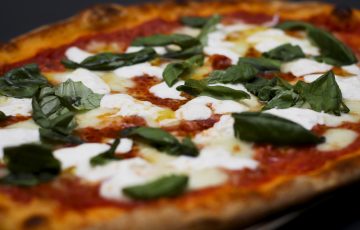
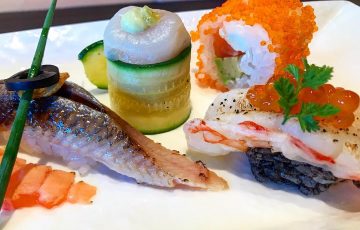
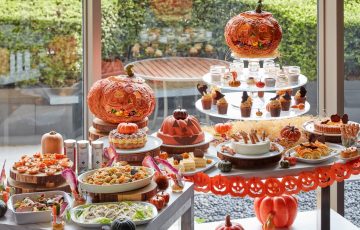


Recent Comments